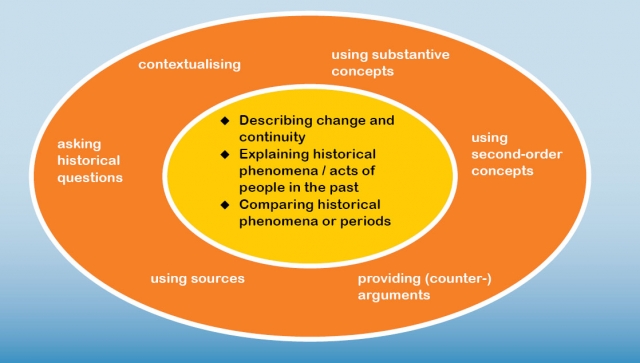Historical reasoning in the classroom
Teaching History article

Historical reasoning in the classroom: What does it look like and how can we enhance it?
The history education community has long recognised that historical thinking depends on the interplay between substantive knowledge about the past and the procedural, or second-order, concepts that historians use to construct, shape and give meaning to that substance. While the nature of that interplay and the processes by which we enable pupils to engage in it have been examined in countless specific instances (in teaching about the causes of the English Civil War, for example, or about the nature and extent of change brought about by the American Civil Rights movement) we rarely seek to examine the relationship between the different components of historical thinking in general terms. In this article, based on a wealth of empirical research, Carla van Boxtel and Jannet van Drie seek to do just that. They offer history teachers (and researchers) a framework for analysing historical reasoning that allows them not only to identify the different components that play a part in the process of constructing historical explanations or arguments, but also to evaluate the effectiveness of the different kinds of tasks that they might use to develop pupils' historical reasoning...
This resource is FREE for Secondary HA Members.
Non HA Members can get instant access for £2.75

